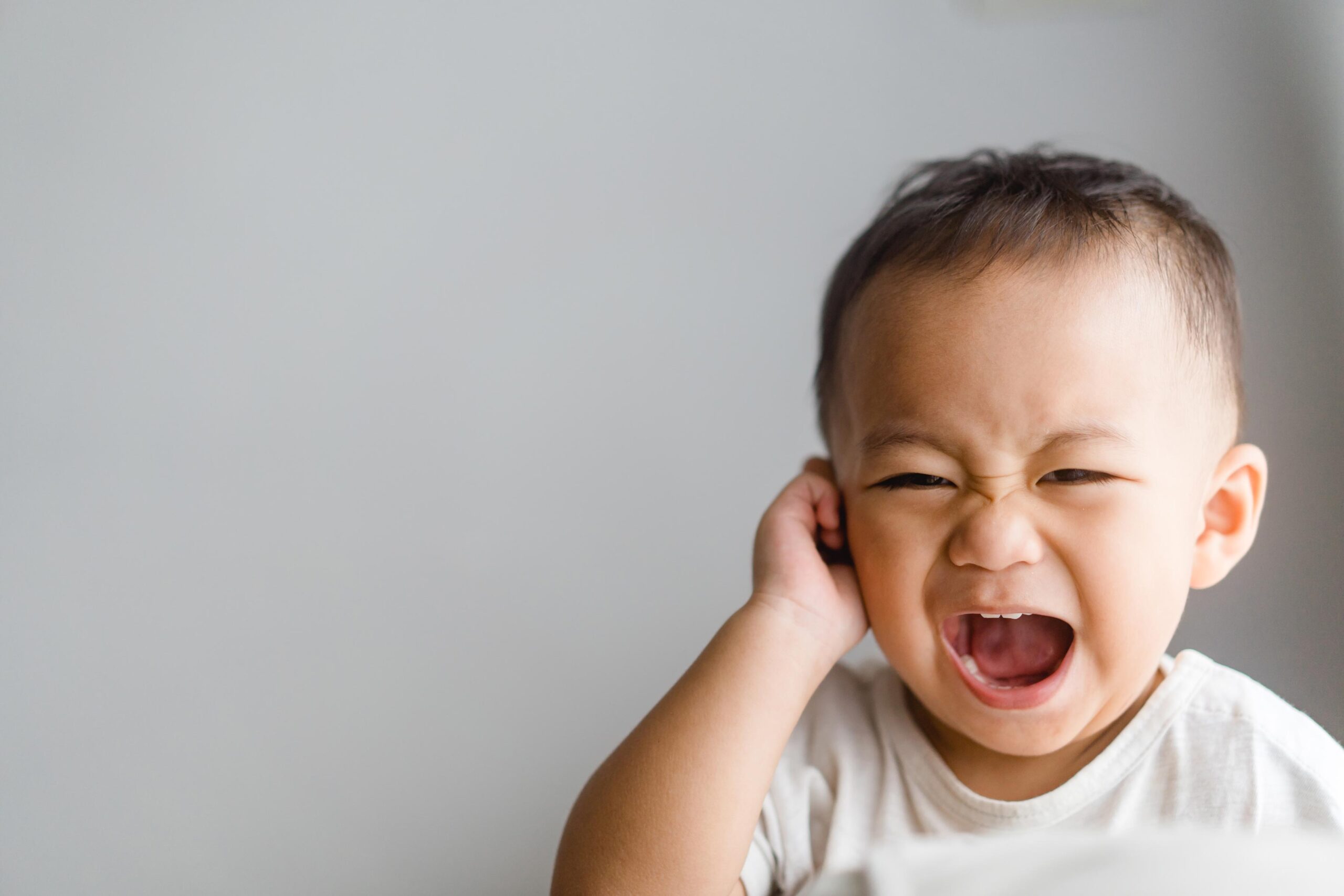What is an ear infection?
An ear infection is one of the most common conditions among children. It is caused by a viral or bacterial infection. These infections create pressure in the Eustachian tube that connects the throat to the middle ear. This pressure causes the ear pain.
A chronic ear infection can last for 6 weeks or more, but most infections are viral and go away on their own after 3 days without needing to see a doctor. Children are more likely to get an ear infection when they’re exposed to illness from other kids, especially during the winter months. Babies who drink from a bottle while lying down are likely to get the infections, too.
Symptoms of ear infections
Intense pain in your child’s ear is usually the first sign of an ear infection. Young children can tell you that their ear hurts, but babies may only cry. Your child may repeatedly pull on the ear that hurts. The pain is usually worse at night and when your child is chewing, sucking a bottle, or lying down. That’s when the pressure is at its greatest. Other symptoms include a runny nose, cough, fever, vomiting, or dizziness, and hearing loss.
What causes an ear infection?
Ear infections happen in the middle ear. They are caused by a viral or bacterial infection. The infection creates pressure in the Eustachian tube. This tube does not work properly when filled with drainage from the nose or mucous from allergies, colds, bacteria, or viruses.
A child’s adenoids (the little bits of tissue that hang above the tonsils at the back of the throat) sometimes can block the opening of Eustachian tubes because they are larger in young children.
How is an ear infection diagnosed?
Your doctor will check for an ear infection by using a small scope with a light to look into your child’s ear. They will know if the eardrum is infected if it looks red. Other signs of infection they may see include fluid in the ear or a ruptured eardrum—which leaves a hole. Your doctor will also look for other symptoms in your child, such as a runny nose, cough, fever, vomiting, and dizziness.
Can an ear infection be prevented or avoided?
Although an ear infection is not contagious, the bacteria or virus that caused it is often contagious. It’s important to:
Common allergy and cold medicines do not protect against ear infections.
Ear infection treatment
Ear infections need to be treated. If left untreated, they can lead to unnecessary pain and permanent hearing loss for your child.
Ear infections usually go away in a few days. Your doctor will likely treat your child’s pain and fever with over-the-counter (OTC) pain relievers or eardrops. If your child isn’t better in a few days after treatment starts, you may need to take them back to the doctor. At that point, your doctor may prescribe an antibiotic if the infection is caused by bacteria.
Doctors are cautious about prescribing antibiotics for ear infections unless they are chronic and frequent. Research shows that over prescribing antibiotics for ear infections is not effective. The American Academy of Family Physicians recommends doctors wait 2 to 3 days before prescribing antibiotics for an ear infection in children 2 to 12 years of age who have non-severe symptoms. This allows time to see if the OTC medicines will work.
If your child has chronic ear infections, signs of hearing loss, or speech delays because of hearing loss, your doctor may refer you to an ear, nose, and throat (ENT) doctor. The ENT may suggest your child have surgery. During this surgery, the ENT inserts tubes inside your child’s middle ear. The tubes relieve the pressure and allow the fluid to drain. Some children naturally have small Eustachian tubes, so this helps correct that problem. As your child’s ears grow and develop, the tubes fall out and the ear infections are no longer a problem. Sometimes, the tubes fall out too soon and have to be replaced. For some children, they never fall out and eventually have to be surgically removed. The surgery is quick and does not require overnight hospitalization.
Your doctor also may recommend this surgery if your child has frequent ear infections, or if your child has Down syndrome , a cleft palate or a weakened immune system.
Living with an ear infection
If your child suffers from several ear infections each year, you’ll want to look out for symptoms every time they have a stuffy nose or congestion.
Never stick anything in your child’s ear to relieve the pain of an ear infection, to remove the tubes or remove a foreign object. See your child’s doctor to have it removed.
Questions to ask your doctor
- How can I keep my child comfortable at night with the pain of an ear infection?
- Is there drainage with an ear infection?
- What is the difference between an ear infection and swimmer’s ear?
- Is my child a candidate for ear tubes?
- What are the risks and benefits of surgically inserting tubes inside my child’s middle ear?
- Should my child get regular hearing tests if they have frequent ear infections?
ADVERTISEMENT
ADVERTISEMENT




